

Investment and Business Potential
Hohoe Municipal has large tracts of arable land available for commercial farming in tree crops such as citrus, oil palm and coffee. The main food crops grown are maize, rice, cassava, yam, cocoyam and plantain, while the main tree crops include mango, citrus, oil palm, cocoa, coffee, cola and avocado pear.
A major horticultural nursery located at Golokuati supplies most of the seedlings for tree crops. The land available for cultivation is about 65,000 hectares. Animal rearing is undertaken on a subsistence level throughout the district, with most homes having a few animals, mostly goats, sheep and chicken.
Fish farming is carried out in the Municipality with a few dugouts and fishponds in the Logba and Santrokofi areas. These have shown fish farming to be highly profitable in the district. Tilapia and clarias (mudfish) are the common species of fish being farmed. A study conducted by the Assembly indicated that industrial activity in the Municipality is low, although there is a good foundation for industrial production.
This presents great potential for an investor interested in the industrial sector. The manufacturing sub-sector is limited to cassava processing, bakeries, soap making, local gin manufacturing, feed mills and cold storage. Incentives for developing the industrial sector include the demand for products from other parts of the country and from the neighbouring Republic of Togo.
Others include ceramics and pottery, goldsmithing and kente weaving. The main textile products are kente cloth, kente mufflers or stole, napkins, table covers, towels, smocks, interior decoration items, batik and tie-dye fabrics. Large clay deposits are found mainly at Ve Darfor/Kolenu, Likpe, Liati and Akpafu. Other small industries include palm oil extraction and wood carving.
The Assembly has identified several specific projects, which studies have shown to be good for investment. One is the production of cassava chips, which have become essential components for the preparation of animal feed in Western Europe and therefore a prime export commodity. Several companies are willing to purchase cassava chips for export.
Also, the product is needed locally for the manufacture of flour and for use in the pharmaceutical industry. Since current supply from Ghana falls well short of local and foreign demand, investors can avail themselves of the opportunity to fill this market gap. The Assembly has also favourably considered tree-planting project, which would provide some income for the people and help check the degradation of the environment, especially along the river banks.
Another viable project is the development of Agumatsa Wildlife Sanctuary at Wli, already gaining ground as a prominent tourist destination. This would involve development of infrastructure, training of operators and development of educational packs on the assortment of birds, bats and butterflies.
A critical analysis of the Municipal’s financial resources and the management system reveals 2 basic problems. These are:
- Leakages in the locally generated revenues
- Ineffective control of Municipal Assembly expenditures
Revenue trends over the past 10 years have established that the gap between projected and actual revenue figures is always very wide.Table.below shows the revenue trends of the Municipality.
REVENUE TRENDS 1990-2002 | |||
YEAR | ESTIMATED AMOUNT | ACTUAL AMOUNT | % ACHIEVEMENT |
1991 | 40,941,800 | 13,821,958 | 33.0 |
1992 | 46,185,780 | 14.248,500 | 30.8 |
1993 | 51,467,100 | 17,318.053 | 33.6 |
1994 | 60,529,700 | 29,998,764 | 49.5 |
1995 | 51.874,800 | 42,913,408 | 82.7 |
1996 | 62,979,200 | 104,867,228 | 166.5 |
1997 | 140,942,600 | 177,957,364 | 126.0 |
1998 | 217,917,570 | 139,602.761 | 64.0 |
1999 | 320,494,000 | 204,406,742 | 63.7 |
2000 | 368,378,600 | 239.618.127 | 65.0 |
2001 | 433,160,000 | 270.553.980 | 37.5 |
2002 | 594,360,000 | 351,216,000 | 40.9 |
In order to overcome the persistent gaps between projected and actual revenues over the years. there is the need to come out with clear programmes and strategies.
Strategies
To begin with, it is proposed that a Revenue Improvement Action Plan (RIAP) is drawn up. It is also proposed that logistic support and training is provided for the finance and revenue staff. The Internal Audit Department and the Finance and Administration Sub Committee will also be motivated to carry out their monitoring and oversight responsibilities over the District Assembly’s finances.
Another strategy to be adopted to enhance revenue generation is to give special attention to the tourism sector. Analysis of revenue from this sector over the last 2 years as compared to markets reveal that it is the single most viable sector in the District. The table below shows revenue from tourism and markets for 2002.
COMPARISM OF REVENUE FROM MARKETS AND TOURISM IN THE HOHOE DISTRICT (2002) | ||
MONTH | MARKETS | TOURISM |
JAN | 900,000 |
|
FEB | 2,012,000 | 3,757.000 |
MARCH | 435,000 | 8,638,000 |
APRIL | 4,065,000 | 725,000 |
MAY | 1,508,000 | 4,584,000 |
JUNE | 2,108,000 | 4,760.000 |
JULY | 1,040,000 | 3,589,000 |
AUGUST | 3,030,000 | 7,213.500 |
SEPTEMBER | 6,150,000 | 7,478.500 |
OCTOBER | 1,798,700 | 4,433.000 |
NOVEMBER | 12,790,494 | 4,127,500 |
DECEMBER |
|
|
TOTAL | 35,837,194 | 49,301,500 |
It should be emphasized that figures for tourism in the table above are from only one tourist center (Wli waterfall). If greater effort is made to cast the net wider to cover equally important tourist sites as Tafi Atome monkey sanctuary, Tagbo Falls at Liati Wote and Afadjato (at Liati Wote and Gbledi Gborgame), a lot more revenue could be raked in from the tourism sector for the District Assembly.
The Municipal Assembly, with support from the DSDA II Programme, has embarked upon serious promotional activities to market the tourism potentials of the municipality. Some of these are the production ol’ brochures, tour guide maps and post cards. This is beginning to have a positive impact on revenue generation from the tourism sector.
Date Created : 11/21/2017 1:28:08 AM


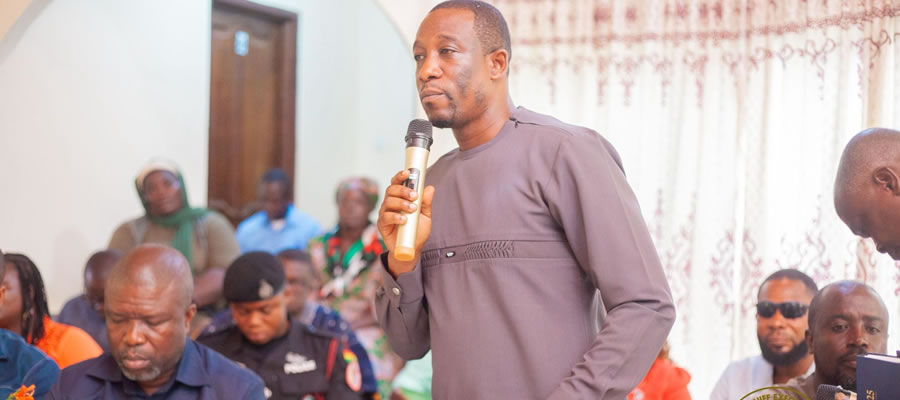
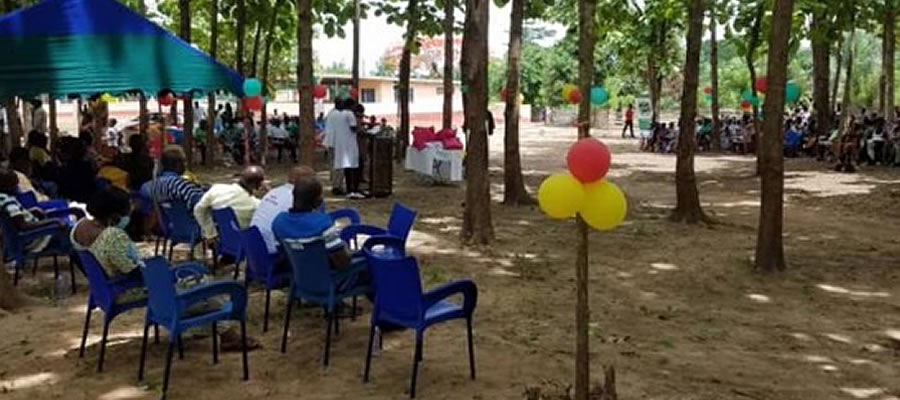
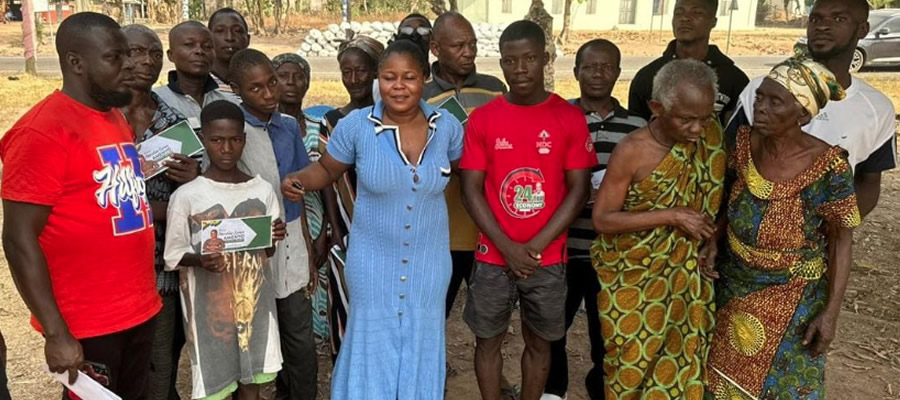
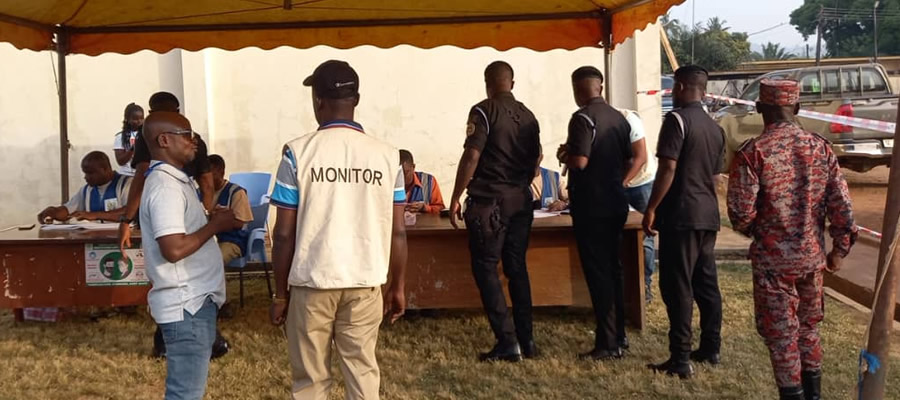
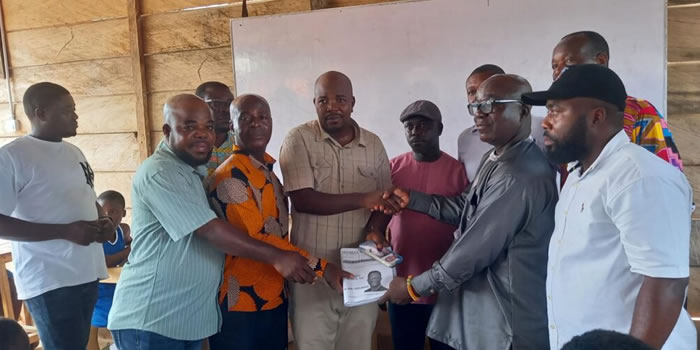





 facebook
facebook
 twitter
twitter
 Youtube
Youtube
 +233 593 831 280
+233 593 831 280 0800 430 430
0800 430 430 GPS: GE-231-4383
GPS: GE-231-4383 info@ghanadistricts.com
info@ghanadistricts.com Box GP1044, Accra, Ghana
Box GP1044, Accra, Ghana